Interfaith demonstration represents Tulane community’s strength in wake of Sri Lanka attacks
April 25, 2019
Religious discrimination is a plague, infecting our society with hatred. Its pollutants sow violence and terror.
This past year, Tulane students have witnessed this disturbing trend and mourned the loss of Jews, Muslims, Christians and other religious groups around the world.
Yet, in the midst of bloodshed and bigotry, a concurrent trend rises. It is the unity and solidarity of Tulane’s interfaith community. In these demonstrations, we witness strength and find healing, together.
Unfortunately, Tulane students have been presented with another opportunity to demonstrate their interfaith kinship in the wake of a senseless act of terror in Sri Lanka that killed 359 innocent worshippers and injured hundreds more.
Amid this darkness, light perseveres.
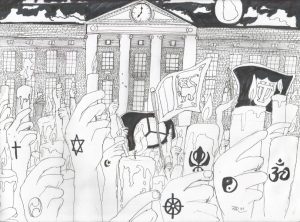
Brave activists from our Sri Lankan community have banded together to organize a vigil in remembrance of those who perished in the world’s tenth deadliest terror attack in history, according to World Atlas.
The organizers represented the diverse religious demographics of Sri Lanka: Buddhist, Hindu, Muslim and Christian. As sectarian violence threatens instability across Asia, the resilience of this unyielding island nation is being tested.
A powerful common voice in the aftermath of the attacks states the obvious: diversity is strength.
At Tulane, we must internalize this voice. Interfaith demonstration represents our most formidable side: our courage, our grit and our peoplehood.
After a white supremacist killed 11 Jews in Pittsburgh’s Tree of Life synagogue, motivated by the community’s embrace of refugees, our campus came together for a vigil. Members of different faiths attended to support Tulane’s large Jewish community.
Just weeks ago, Tulane’s Muslim Student Association held a vigil to commemorate the lives lost in Christchurch, New Zealand, where a white supremacist murdered 50 Muslims during Friday Prayer. Muslim students prayed on the Berger Family Lawn. Rabbi David Goldstein and Rev. Morgan Guyton, Jewish and Christian clergy, spoke.
These displays contain unspeakable power and communicate a clear message. They are a mode of combating the spread of white supremacy and religious intolerance that we often feel so powerless to suppress.
Pittsburgh, Christchurch and Sri Lanka share an unnerving common thread. Each terror attack was carried out during prayer. Shabbat, Jumu’ah and Easter Sunday are holy services and occasions. They welcome in the week’s rest, assemble the community and signify redemption.
Pittsburgh’s Jews were slow to reach the authorities because their cellphones were turned off in observance of the Sabbath. Christchurch’s first victim welcomed the shooter with a greeting of “Hello Brother,” inviting him to join in spiritual congress. Sri Lanka’s Christians gathered en masse to reign in Eastertide and begin the season of rebirth.
On three separate occasions, Tulane has gathered to mourn and memorialize. Surrounded by students and faculty of different religions, we join in interfaith prayer.
It is a prayer of hope, asking that we don’t have to continue gathering like this. It is a prayer of strength, acknowledging that when the time comes, we will gather again.



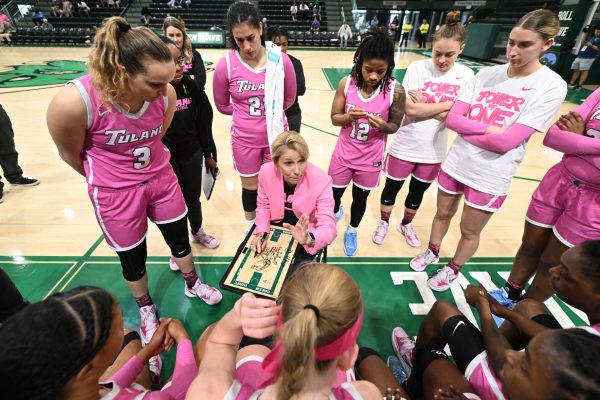



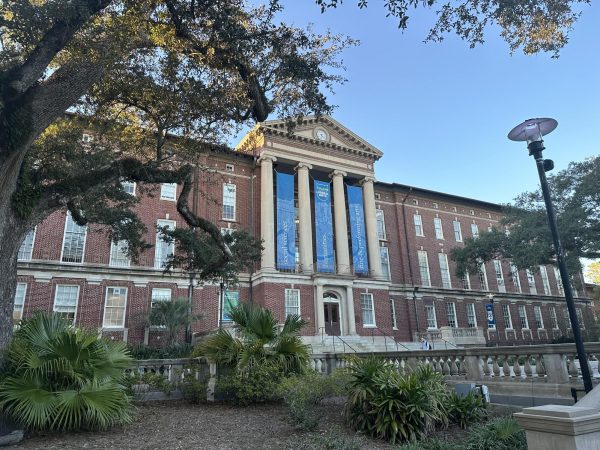


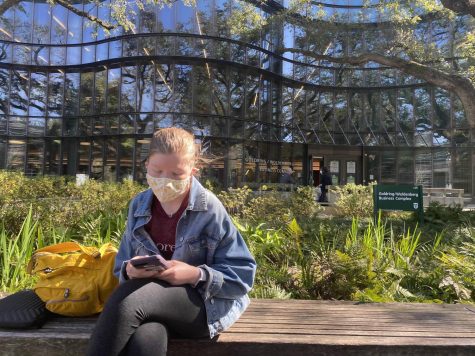
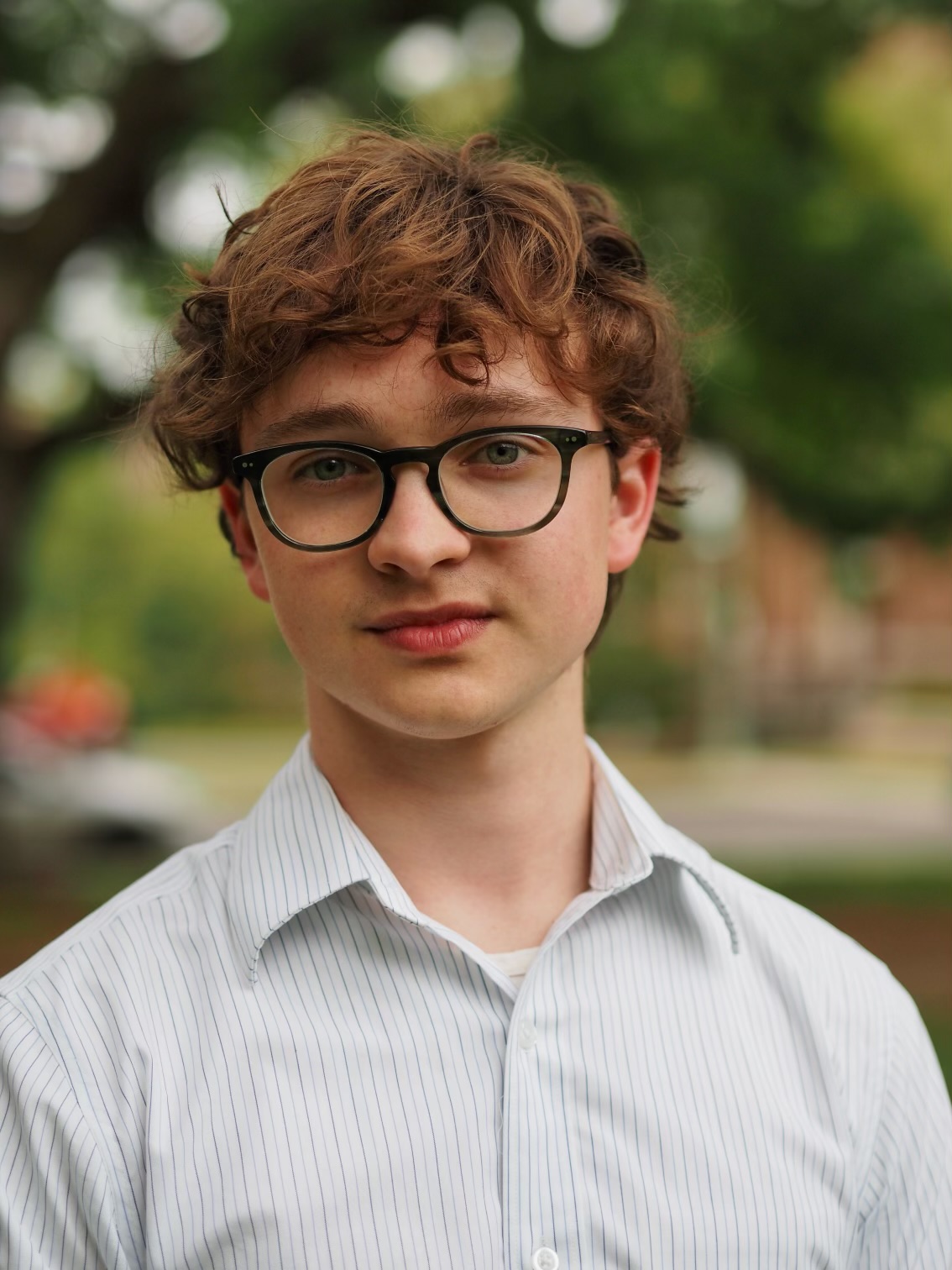

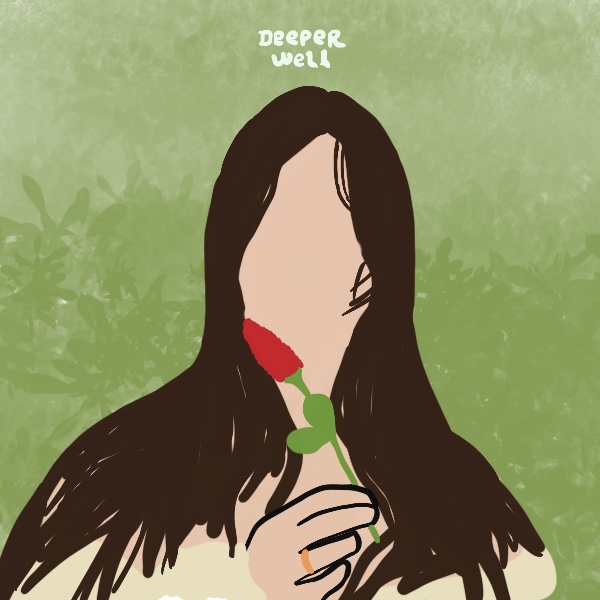
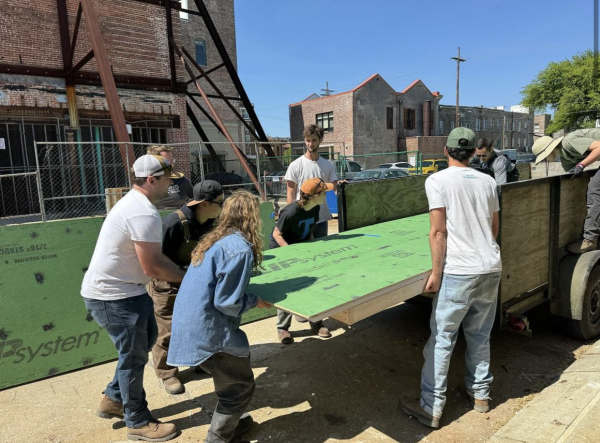




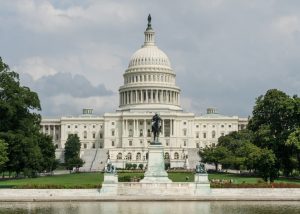


Leave a Comment